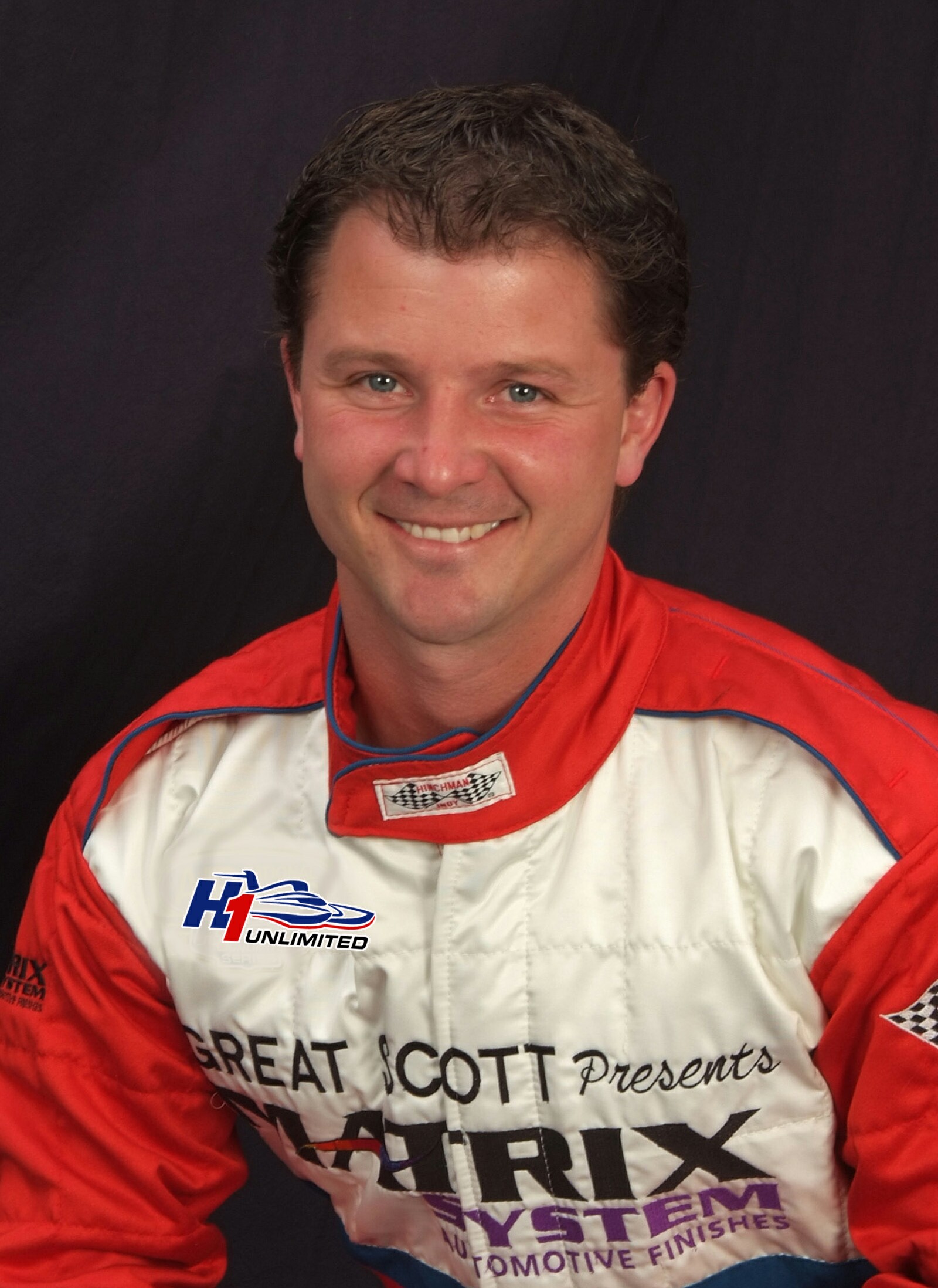
Brewdog sold more than twice as much beer in 2010 as in 2009, success that gives hope to an industry battered by high taxation, pub closures, which are now running at 18 a week, and the decline of beer drinking overall. James Watt and Martin Dickie, the men behind Aberdeen outfit Brewdog (founded in 2007, and just moved into a new £7m brewery) started this way, too. This has helped transform American beer, as high-class homebrewers set up their own breweries. The American Homebrewers' Association estimates that as many as a million Americans make their own at least once a year.īrewdog's James Watt and Martin Dickie, who started out as homebrewers. In this respect, Britain is following America, where the homebrew scene is larger and more sophisticated. Significantly, this growth has helped fuel the boom in microbreweries, with O'Riordain not the only entrepreneur to make the jump from amateur to professional. That figure seems conservative given homebrew manufacturers Muntons sold more than half a million kits in 2012, almost twice as many as in 2007 (each kit represents a single brew, normally of around 40 pints). Phil Lowry, who writes a column on homebrewing for Camra's Beer magazine, reckons there are at least 15,000 homebrewers in the UK. The days when it meant kits from Boots are long gone the easy availability of high-quality ingredients and useful information on the internet means some truly stunning beers are being brewed in increasing numbers of kitchens up and down the land. Homebrewing has undergone a revolution in recent years as a younger, more open-minded generation of brewers and drinkers has emerged. I was aiming for "just about drinkable", but plenty of others share O'Riordain's ambition. I remembered him telling me before about how he began brewing at home after a trip to the US left him dissatisfied with the quality of the beer in Britain.


Looking for reassurance, I email Evin O'Riordain at the Kernel, one of Britain's most respected new breweries.


 0 kommentar(er)
0 kommentar(er)
